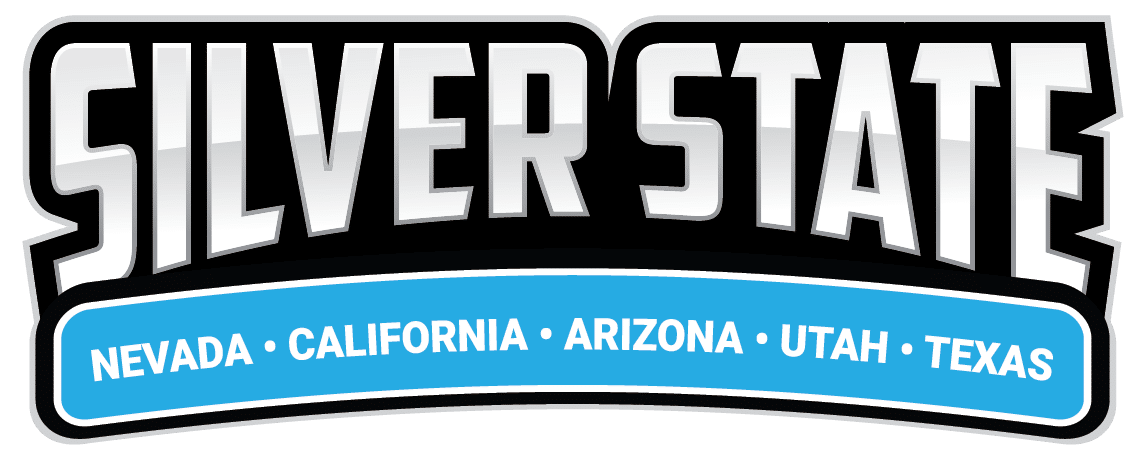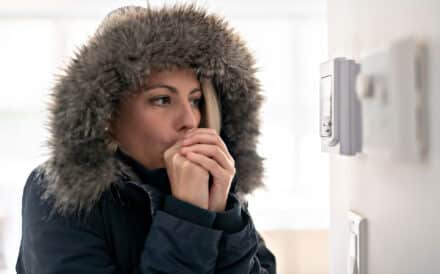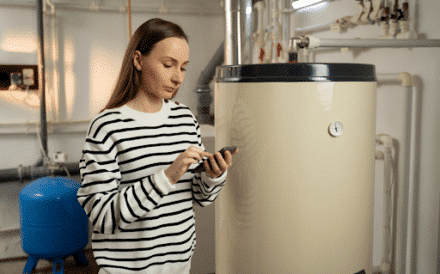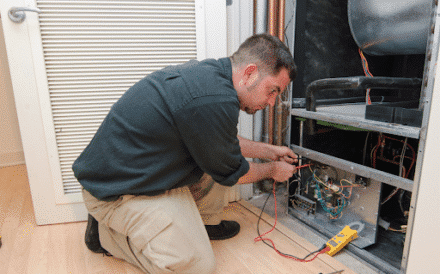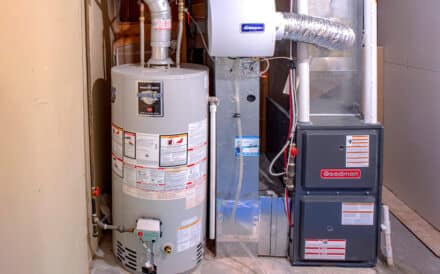Why Is My Furnace Blowing Cold Air? Common Problems and Solutions
The winter season is all about cozy gatherings. Whether you’re having friends over for dinner, enjoying a movie night with family, or just enjoying a day indoors, nothing ruins these memories quicker than a furnace that’s blowing cold air. After all, entertaining in winter jackets is probably not what you had in mind. Let’s explore some common reasons behind this frustrating problem and what you can do about it. Understanding these issues can help you determine whether it’s a simple fix or time to contact a residential furnace repair expert.
Thermostat Issues
One of the more common and easy-to-fix reasons for the cold air is incorrect thermostat settings. Check if your thermostat is set for air conditioning or heating, or if the fan is set to “on” rather than “auto.” When set to “on,” the fan will run continuously, even between heating cycles, which can make it feel like your furnace is blowing cold air.
Today’s smart and programmable thermostats come with numerous settings, and sometimes schedules can get mixed up. Everything from power outages to battery changes can cause your thermostat to reset to a default setting. Before calling a residential furnace repair technician, take a moment to check that all your thermostat settings are correct and match your comfort preferences.
A Dirty Air Filter
Your furnace’s air filter is an important point of protection for your system. When it gets clogged up with dirt, dust, and debris, air can no longer flow properly, which is like trying to breathe with a stuffy nose. And just like you, your furnace will struggle with blocked airways too. Restricted airflow can cause your furnace to overheat and shut down its burners (even though the blower keeps running).
To avoid residential furnace repair, you’ll want to check your filter monthly and swap it out every 60-90 days—especially if you have pets or suffer from allergies. A clean air filter will not only keep the warm air flowing, but it’ll help your furnace run more efficiently and avoid higher-than-usual energy bills. Plus, who doesn’t want clean air to breathe during those chilly winter months when you’re stuck inside?
Pilot Light Problems
Not everyone has a newer furnace with all the latest bells and whistles. If you’re living in a home with an older model, you’re probably familiar with the pilot light—the little blue flame that keeps your furnace running. While newer furnaces have switched to electronic ignition, these older systems need that pilot light to remain lit in order to keep your home feeling warm and toasty. If you notice your pilot light has gone out (or keeps going out), or if it’s burning yellow or orange instead of blue, it’s a sign you need a residential furnace repair expert. This usually points to issues with the thermocouple or gas supply that require the help of an experienced technician. This type of problem should be addressed through residential furnace repair as quickly as possible to avoid bigger, more costlier issues from arising.
Start-Up Delay
If you hear your furnace kick on, but the air coming out is cold, wait a few minutes as it should warm up on its own. Some furnaces have a built-in delay to allow the heat exchanger to warm up before air is circulated. However, if the delay seems unusually long or the air never warms up, there could be an underlying issue with your system that would require residential furnace repair.
Flame Sensor Issues
A dirty or faulty flame sensor can trigger a shutdown shortly after starting your furnace. This is a safety feature that helps ensure gas isn’t released when there’s no flame to burn it. Performing regular maintenance can help circumvent this issue, but if your system is frequently shutting down, you should seek a residential furnace repair professional to help diagnose the issue.
The flame sensor serves as a vital safety component, and while cleaning it may seem like a simple DIY task, improper handling can result in some serious problems, so it’s best to leave this to a qualified technician during regular service visits.
Supply Line Problems
Whether you’re using natural gas, propane, or oil, many cold air issues boil down to fuel problems. If your natural gas furnace’s pilot light won’t stay lit, or your propane or oil furnace is blowing cold air, it may simply mean your fuel is low or empty. For oil furnaces, a clogged filter can also be a barrier to heat flowing adequately. Although these issues are fairly common, they still require a residential furnace repair team to investigate and ensure everything’s working safely and efficiently.
When Should I Call a Professional?
While some issues—like a dirty filter or thermostat setting—are DIY-friendly, others need to be addressed by a professional. If you see any of the following red flags, reach out to Silver State’s residential furnace repair experts to help resolve the issue:
- Unusual noises (such as banging, grinding, rattling, or high-pitched squeaking)
- Frequent cycling on and off
- Persistent cold air after performing the basic troubleshooting we discussed above
- Strange odors
- A yellow pilot light (should be blue)
- Unexplained increases in your energy bills
- Inconsistent heating throughout your home
Regular maintenance visits from our residential furnace repair team is the most effective way to catch small issues before they become costly problems. Contact us today, so we can help keep your home safe and cozy all winter long.
